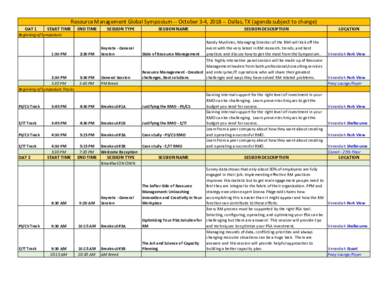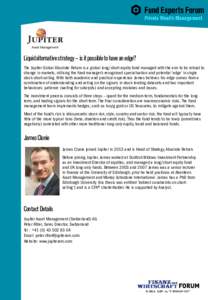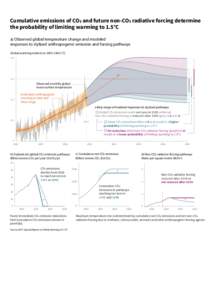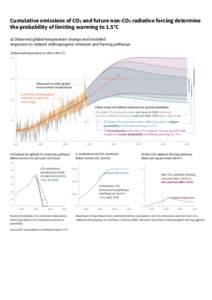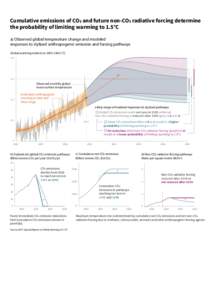<--- Back to Details
| First Page | Document Content | |
|---|---|---|
 Date: 2013-02-22 09:45:49European Space Agency Global Energy and Water Cycle Experiment Climate model Global climate model Global change Global Climate Observing System Intergovernmental Panel on Climate Change Madden–Julian oscillation CLIVAR Atmospheric sciences Climatology Meteorology |
Add to Reading List |
 Science Highlights Celebrating the Key Successes of WCRP/TOGA The September issue of “Oceanography”, the official magazine of The Oceanography Society, features an article on the TOGA pro
Science Highlights Celebrating the Key Successes of WCRP/TOGA The September issue of “Oceanography”, the official magazine of The Oceanography Society, features an article on the TOGA pro